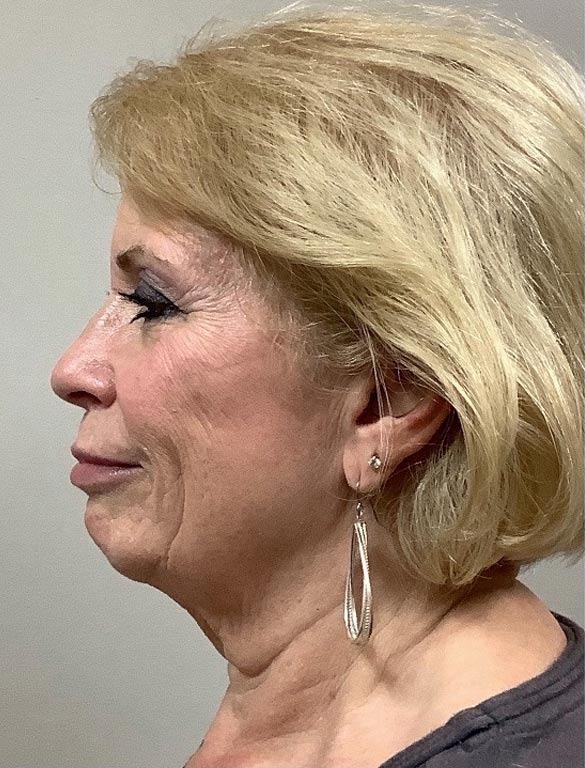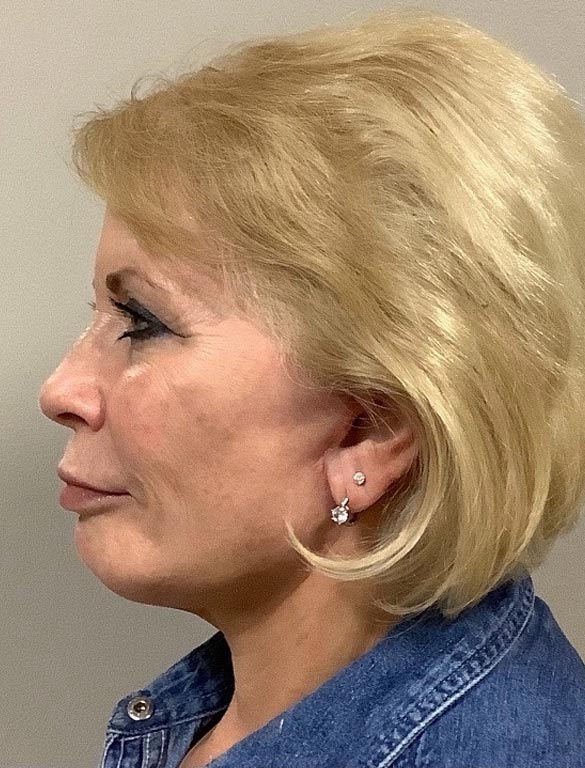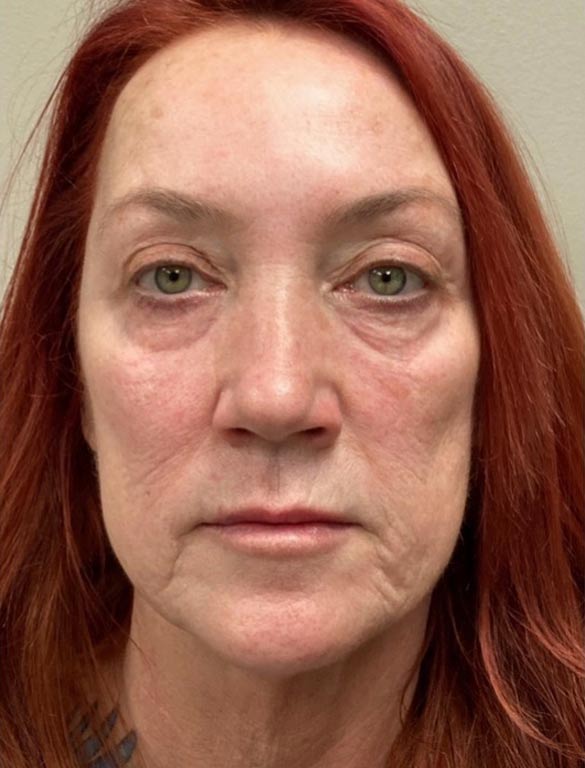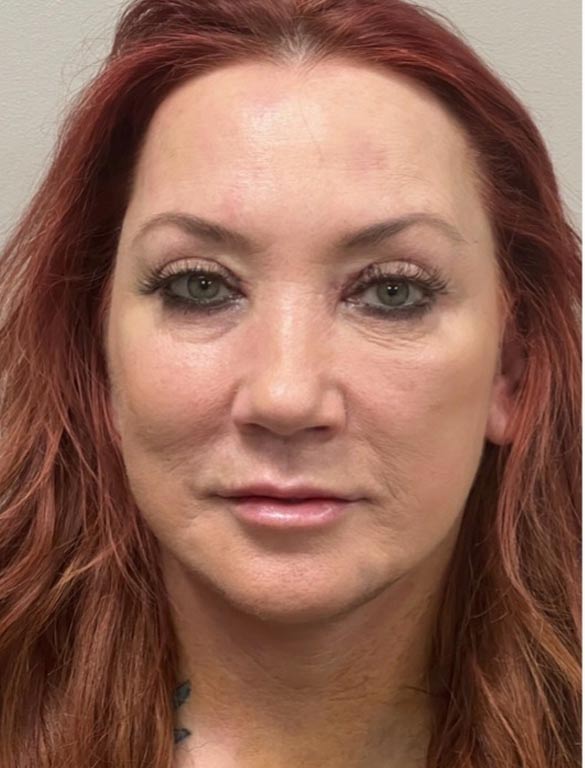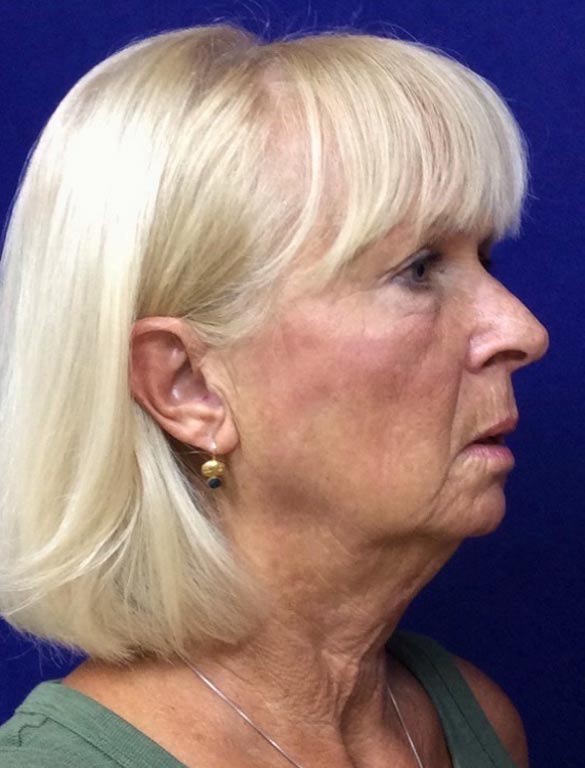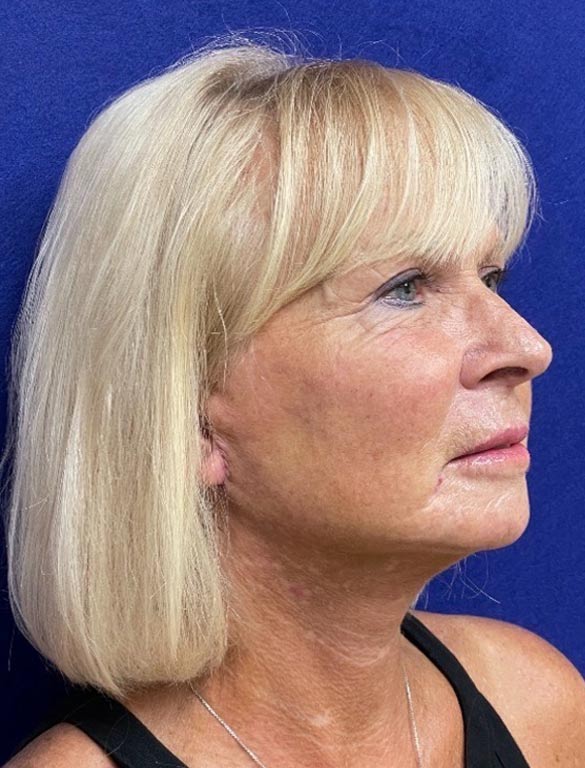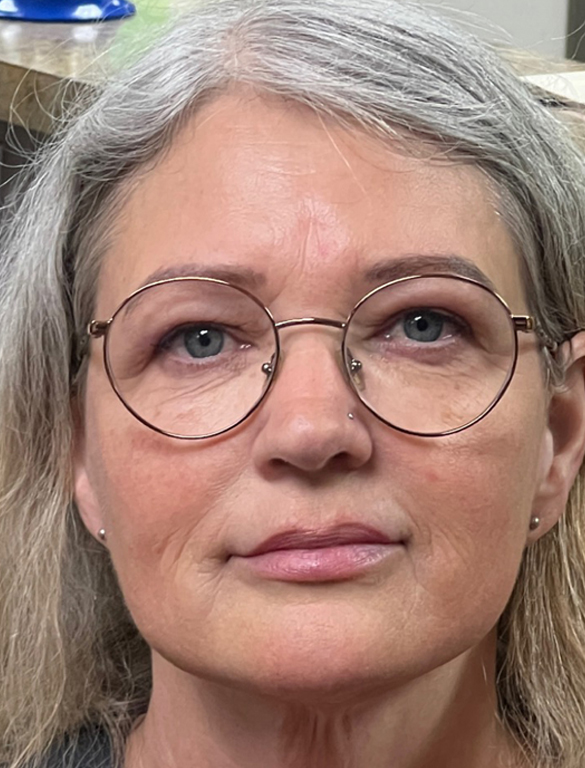
A pathologic drooping of the eyelids is known as “ptosis,” a condition that may begin to occur with age, due to trauma, or as the result of a medical disorder of some kind. This condition can affect just one eye, or it may affect both. For some patients, the condition is temporary, and for others, it’s a permanent change. Some people are born with drooping eyelids, while others don’t develop the issue until later in life (acquired ptosis).
There are varying degrees of severity with drooping eyelids. Depending on how much the drooping eyelid/s block the eye, vision may be reduced and eye irritations may be present. In some situations, the condition may resolve itself and in most cases, medical intervention can solve the problem entirely.
More Common in the Elderly
Anyone may develop droopy eyelids, but the condition is most common among older adults due to the natural effects of aging. The tendon that attaches the eye’s levator muscle and lifts the eyelid can become stretched with age, which in turn causes the eyelid to fall. Another cause for drooping eyelid may be due to a neurological problem in which the levator muscle doesn’t develop as it should.
Symptoms
The main symptom of a drooping eyelid or eyelids is that the eyelids sag and affect vision. For some people, the eyelid sagging is hardly noticeable, but they may be experiencing really dry or watery eyes. This is due to the eyelid not closing properly and the eye is either drying out or trying to overcompensate by producing plenty of tears to keep the eye hydrated. Some people may notice that their face often looks tired or weary which is due to the slight drooping of their eyelids.
Many patients with drooping eyelids may experience aching of the eyes, while those with really severe cases may even have to tilt their heads back while speaking to others to keep their eyelids back and control tears from rolling down their cheeks.
Diagnosis & Treatment
The first step in diagnosing and treating ptosis is to have your doctor properly examine your eyelids, especially to make sure there are no underlying health issues. After your doctor has conducted a medical examination, he or she will discuss the treatment options that are available.
Treatment for eyelid drooping will depend on the cause. Plastic surgery is a common treatment option which can be done to lift the eyelid and reduce the drooping. If your lids are blocking your vision, some glasses can be fitted to help hold up the eyelid, and this option is most often recommended if the condition is only temporary. If the condition is the result of another medical condition, your doctor will recommend treatments for the underlying medical issue as well.

